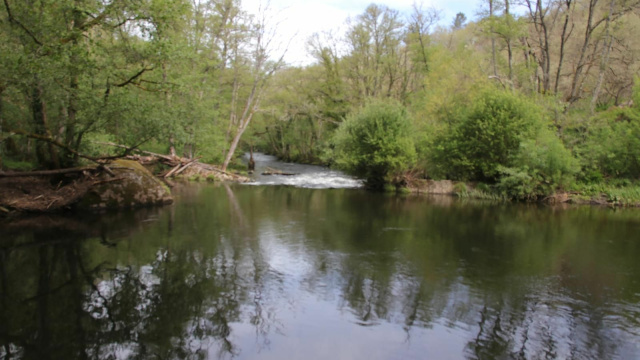Concello de A Merca

RUTA DA BROA
The route begins in the village of Fontao, a place traditionally known in the area. This itinerary allows you to discover the flavours and customs of the region, following in the footsteps of the old ovens that used to make the famous broa. The beautiful circular route through the natural and heritage richness of "A Broa", the area comprising the parishes of Corvillón, Entrambosríos, Olás and Zarracós, on the left bank of the Arnoia, takes walkers through beautiful landscapes of hills and villages, allowing them to admire the views of the river Mella and the surrounding mountain ranges. During the route, participants also learn about the artisanal process of a broa, a bread with a long history. PLEASE NOTE: - The route can be combined with the Ruta da Canle do Ruca, for a full day activity of a demanding level. - The route has a winding profile, with constant descents and ascents. - Trekking poles can be a good help. ELEMENTS OF INTEREST: Traditional architecture can be admired in the villages of Entrambosríos, Olás, Oxén, Fontao and Covas do Río, as well as in the abandoned village of Ponte Ermida, which has a rich history going back centuries. The route also passes through the Pozo do Choulas, a beautiful backwater in the river Arnoia; through centuries-old copses and oak groves, with outstanding specimens such as the "Carballo do Ferreiro", an oak of impressive size. Among the curiosities is the Penedo dos Ollos, a granite formation that is said to cure eye ailments. It also offers incredible panoramic views of the Canle do Ruca, a hydraulic work from the beginning of the 20th century that represents one of the greatest works of engineering in Galicia. COMPLEMENTARY ACTIVITIES: In this area we find the group of Canastros de Santa María da Merca, a concentration of 34 hórreos built in wood, stone and tile. They are the largest group in Spain and the second largest in Europe. This Asset of Cultural Interest is one of the best examples of popular architecture, history and Galician identity. We can visit the church of San Pedro de A Mezquita, which is an outstanding example of Galician rural Romanesque architecture, built on the site of an ancient Visigothic or Mozarabic temple. It was declared a National Monument in 1931. Also in A Mezquita, along a signposted route, we can access the Penedo da Moura, a singular rock formation located on a hill that offers beautiful panoramic views of the region.
